My work has finally been sent to the OCA Headquarters for the November Assessment--my last level one course has now been completed. Hurray !
I feel a sense of not only relief but also achievement, with thanks to my tutor Russell for his advice , patience , and time. Distance learning combined with work and family commitments can be frequently stressful.
Two years have passed since I started the course I never imagined it would take me this long , I fully expected to complete in no more than 15 months. I have found the coursework absorbing , often challenging, and have a gained a lot of valuable knowledge. My workflow has improved greatly and I am much more organized at cataloging , tagging, and editing my images within Lightroom. My workflow routine has also included printing off all of my assignment images at A4 size on Perma Jet Fibre Base Royal 325 and labeling them as I went along. This has saved me loads of time as I prepared for assessment and something I failed to do for my previous courses which meant manically printing up to 60 A4 images in the week before I needed to get them in the post!
My processing skills have improved and my understanding of Photoshop has grown , but I still have a great amount to learn. I am very much a novice in my manipulative skills but was satisfied with the outcome of my 4th assignment by managing to combine 2 images successfully . My image was chose to appear in an edition of The Big Issue in the North (minus the text).
I commented at the very beginning of the course I hoped to use my photography as a way of exploring thoughts , feelings , and memories. My 3rd assignment especially was used very much as a way of working through a very difficult period in my life. I regret not being able to continue with an idea I started work on for my final assignment (see blog entry 29/5/2013) but lacked time and found it difficult to come up with original ideas. I really needed to be working on the concept for the duration of the course and will bear this in mind when I start my next course.
Original self portraits by Nina Katchadourina caught my eye this week.
http://www.ninakatchadourian.com/photography/sa-flemish.php I love not only the humour of her images but also the inventiveness. I sleep or read on boring flights she filled the time taking photographs with her mobile phone using whatever was available to hand to create Flemish style portraiture. Proof that expensive camera equipment is not a pre-requirement to successful and creative photography.
At the start of the course I noted that along with portraiture I had a growing interest in surrealism. The Surrealist movement, founded in the early years of the 20th Century, placed great emphasis on the power of the imagination. As a child I had (and still have) a very active imagination hence perhaps it was inevitable that I found myself drawn towards the idea of trying to incorporate my thoughts and feelings into images. I felt this was perhaps an ideal concept for my final assignment.
I love looking through an old green leather case used by my mum and dad to store family photos, a few letters, their war medals, and bits and pieces of other memorabilia . Originally a whiskey casket of some sort the case (full of whiskey) was given to my Aunt Alice (mum’s older sister) prior to World War 2 when she was in service to a rich mining family in the North of England. My dad has been dead many years now and my mum is 87 , the case is now kept at my home along with cases of my own. As time passes these cases will be passed to my own children, who knows how long and to whom they will eventually belong, but the memories they contain are precious. I planned to explore ways of combining the old with the new as a way of keeping my family history alive and relevant, linking past and present through photography.
A major consideration was how to use the case contents imaginatively and creatively. The image below-- My dad as a young man (Let me hold you in my arms one more time)--- was taken using a 9 stop filter, a photograph of a photograph, an image taken at the very beginning of my coursework and one I wanted to build upon to form a series.
I had various other ideas of how or what I hoped to do , which included scanning old images or letters and merging them into an image. I have a new scanner, never used until now, that I want to use to digitize all of my analogue photographs eventually and had the idea of combining scanned imagery with a new photograph using the techniques I have learned. What I had not considered was my lack of scanning knowledge . A few hours sat staring at my screen wondering why the scanner was not working was solved when I plugged the USB cable into my Mac !
Aunt Alice (deceased) the original owner of the green case which I have adjusted very slightly in Lightroom.
I found looking at how other artists approached the concept inspiring whilst being wary of not simply copying their ideas.
Dear Photograph
Is a website with the simple idea of contributors’ taking an old photograph from the analogue era and simply holding it up against the setting of the original and create a new image. Each picture on the site has a short paragraph written by the image-maker. The images viewed alongside the text are especially poignant.
http://dearphotograph.com/
Irena Werning won the 2012 Professional Category Sony World Photography award for her conceptual series Back to the Future. She carefully re-staged old portrait images to be viewed in juxtaposition with the original. They offer a fascinating glimpse of the aging process but I found in a gentle humorous way. Each individual is photographed in the same environment and clothing as in the original.
http://irinawerning.com/index.php?/back-to-the-fut/back-to-the-future/
My favourite find was discovering the work of historian Jo Teeuwisse. I love the merger of pathos and history in her combination of old and new photographs of the same place at different points in time. http://www.flickr.com/photos/hab3045/collections/72157629378669812/I found it difficult to think of workable original ideas and realized I needed far more time than I initially thought to create a coherent series of images. Furthermore although I started some work of my own combining old and new in Photoshop using Layer masks I think I need to really hone my PS skills before presenting a whole body of this type work as an assignment.
I will continue to work on this personal project and hopefully incorporate it into a future OCA assignment at Level 2 but have abandoned my plans to use it this time for my final Level 1 assignment.
When I stay in Cornwall (something I try to do at the least 3 times a year) I always visit Falmouth Art Gallery. Although only small the exhibitions and collections are always quite eclectic. The main exhibition this time featured the work of artists Cedric Morris and Christopher Wood. I always enjoy looking at other forms of art , how different artists interpret the world , but it was one photographic image in the Falmouth Art Gallery collection that captivated me. A Lee Miller photograph that I am familiar with but viewing it in the gallery as opposed to looking at it in a book made me really appreciate the skill involved not only in the original capture but also the printing. The darkest to lightest tones were beautifully captured, but what was particularly fascinating was how the image seemed almost 3D, I could have stood and studied it for hours.
Photograph below by Lee Miller.
A less successful visit was to Tate St Ives. On arrival we discovered that although the building was open the exhibitions were closed for the day !
Ambling around the building I took a photograph of hubby stood in front of an instillation in the main foyer and have turned it into my own piece of modern art using the clone tool in Lightroom. Not a brilliant example of digital manipulation but I like the bright colours.
Original Raw image below. St Ives has long attracted artists , the light there is really spectacular. Although it was a typical grey and rainy British day I could not resist taking a few photographs of the beaches there. Although my images are far from brilliant , I was shooting hand held whilst trying to protect my camera from the rain, I hope they demonstrate just how the quality of light there creates soft and beautiful colour even on a miserable day.
Sonia Audhali at the mac birmingham. An interesting exhibition of social documentary work by Sonia Audhali recording the gradual assimilation of two societies.
The images of the younger members born in Britain illustrate the inevitable differences growing between the generations and the changing nature of Yemen traditional mores. A mother and son gaze at each other through a glass window , his Western clothing in contrast with the more traditional attire of his mother. Other images show a girl scout with covered head and football top, young boys studying the Quran in both traditional and Western style clothes. Older community members are photographed chew khat , running businesses, socialising.
She has cleverly captured a population on the cusp of change, how long will it be before any trace of their traditional heritage is visible?
I found them intimate subjective images , she is herself part of the community and as such does not view her subjects with an objective eye. Because of this I got a sense of how a shared culture binds people together and understand what might be lost.
I am thrilled to have had my Assignment 4 image (minus the text) chosen to appear in an edition of The Big Issue in the North.
Big Issue in the North and the OCA have a collaboration whereby OCA student photographs are featured in the magazine. Work is selected from the OCA Flickr group pool and with the students permission is offered to the editor. I had an email from Elizabeth on behalf of the OCA a few weeks ago asking for my permission to send a copy of my image to the editor. After a few trials and tribulations using my Mac, which for some strange reason will not let me attach a full size jpeg with my Yahoo mail , I finally managed to send a full size copy via Dropbox to Elizabeth. The editor liked the image but wanted to use it without the text , which is fine by me.
Although I have used Lightroom for some years I am not an experienced Photoshop user by any means having only moved 18 months ago from Elements to CS5 and as such am not that confident in my manipulation skills . However working through the exercises in section 4 has been enjoyable and I am slowly building up the confidence to do more post processing than I normally undertake.
I have started to build up my own collection of Textures and have been photographing things that I find visually appealing that might make useful alternative backgrounds. Its amazing when you take the time to stop and look how much colour and texture can be found in the most mundane object. The inside of a wooden blue and yellow boat, peeling paint on a front door , mossy rocks etc. I shoot my chosen texture subject in Raw and process it ready for me to use.
The textures can be used to make understated or quite significant changes to an image and I have been using layer masks and experimenting with the different blend modes available .
The image below has been touched up to smooth the skin and brighten the eyes using the tools available in LR and then processed further in PS using a blue and yellow texture as the new background. I made a layer mask , inverted the texture , and adjusted the hue and saturation until I was happy with the result. I also used the dodge and burn tool on the eyes.
Original image Texture Texture + image For the next image I used a close up of old white peeling paint on a wooden front door as my texture and used the Divide blending mode which has created the deep crackled effect. I have left some of the texture visible in the hair but painted it out from the face. I also used the dodge tool to brighten the eyes.
Original image Texture Texture + image
Its my birthday today and I have had a Kelly Moore Mimi bag. It is in a gorgeous lavender shade and as well as fitting my DSLR and 3 lenses comfortably I can also carry my glasses, mobile and lipstick. A black masculine camera bag is so unstylish (!) and I plan to carry my camera around with me far more than normal now. All too often it gets left behind because I really can't be bothered to lug a handbag and camera bag at the same time, I have no excuse now. http://www.everleaf.bigcartel.com/
This section of the course examines the relationship between digital photography and the truth.
Definition of Manipulation:
Distortion/Forgery/Fiddling/Misrepresent/Alteration/Correction/Improvement/Modification/Adjustment/Tweak.
Framing , focal length, filters, juxtaposition, choice of film if analogue , etc. all contribute to how the final image will appear , and as such must also be considered manipulative.
Image manipulation is not new : A composite image of President Lincoln with his head placed on John Calhoun’s body was produced in the 1860’s. Stalin removed political opponents when they fell from grace, the past was re-constructed.
However with the advent of more sophisticated easy to use software , mobile phone camera apps , and smart cameras the ability to alter reality, and the truth, has grown. Prior to the digital age non-professionals would have limited skills in manipulation.
Aesthetic values versus integrity are equally valuable factors to consider when altering reality: the intent behind the image when the truth is in question is of upmost importance.
I am reading The Cruel Radiance by Susie Linfield. The University of Chicago Press Ltd , London 2010 at the moment and it is not a comfortable read , hardly bedtime material.
The cover looks innocuous enough but the calm gaze of the child on the front cover is deceiving. This is no family snap but an image of a child prisoner of the Pol Pot's Khmer Rouge prior to her execution.
Taken out of context the image is simply a portrait of a rather serious small child. However understanding the history behind the photograph provokes a reaction. It makes me personally angry and sad knowing what happened to not only this child but all the other countless individuals who have the misfortune to be victims of regimes that have little or no respect for their fellow human beings. “Photographs-especially portraits , though not only they, demand that we encounter the individual qua individual: precisely what totalitarian ideologies forbid” pg. 97.
However are images of human pain and suffering immoral as suggested by some critics? Central to the principle of Susie Linfield’s book is her argument that these images are , and continue to be , justified and relevant. However horrific they may be these images lead to the growth of groups who care and demand change to human rights.
|

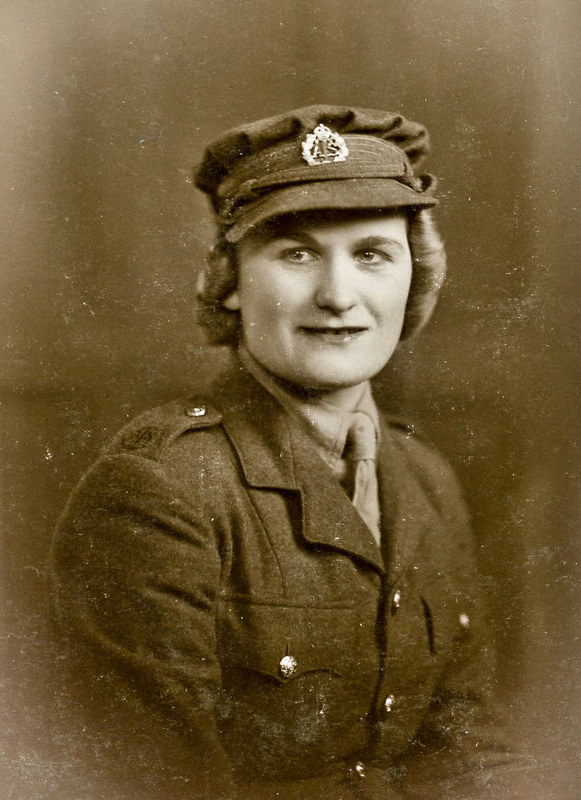
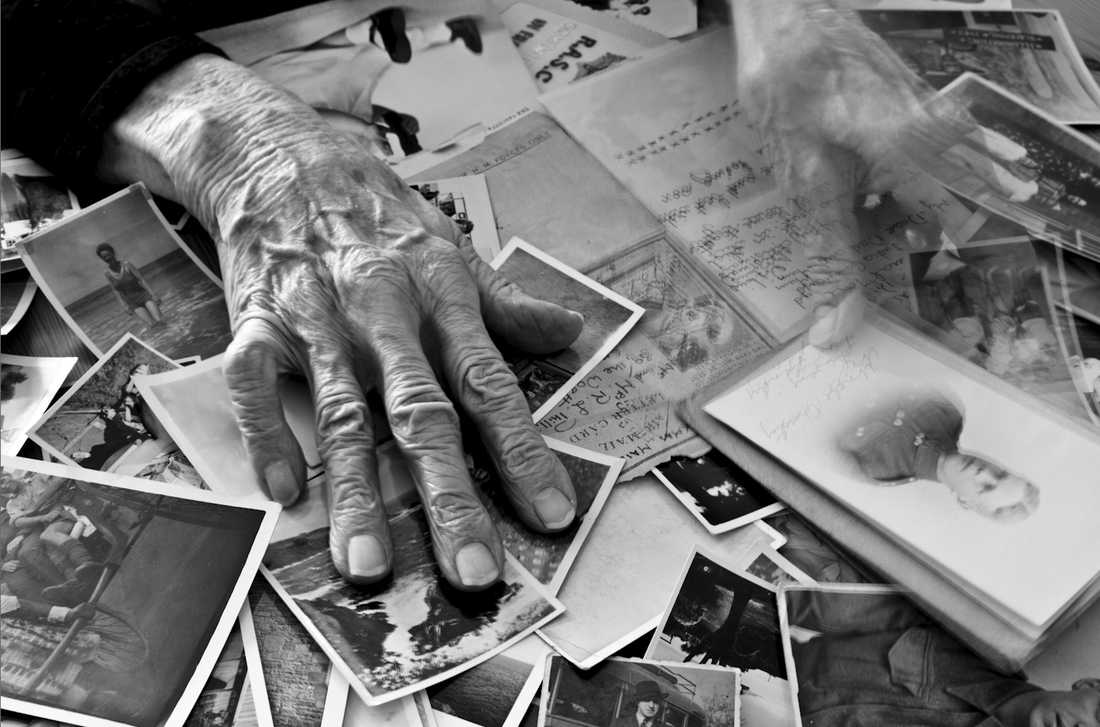
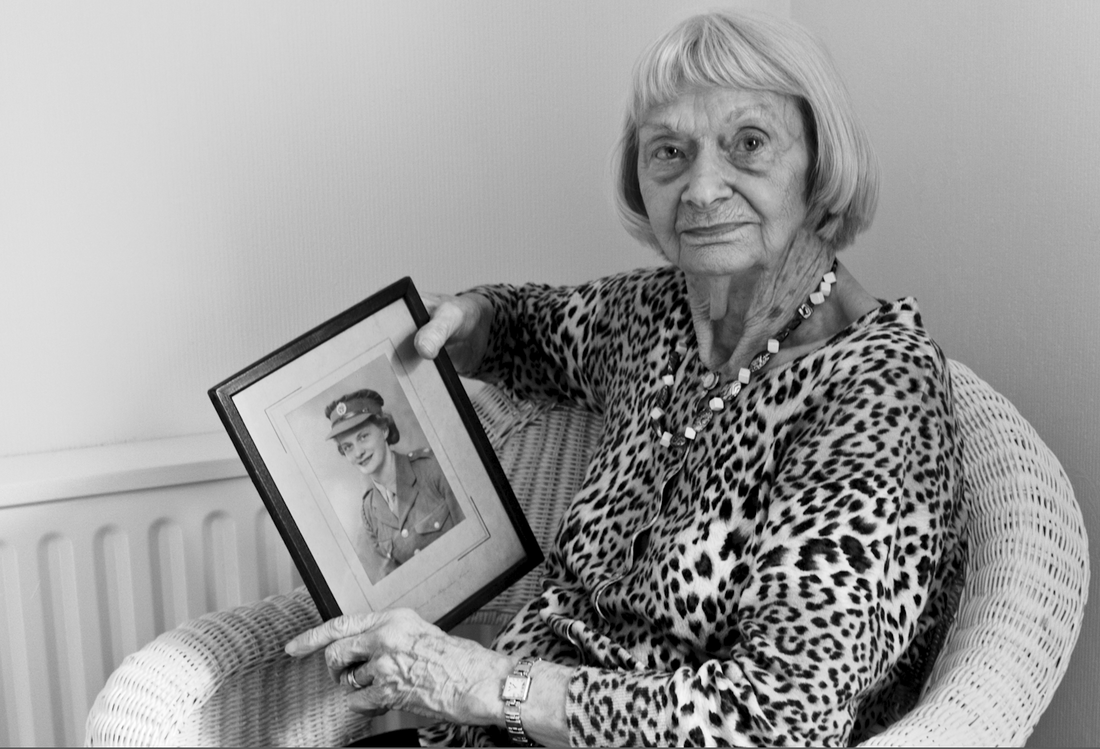
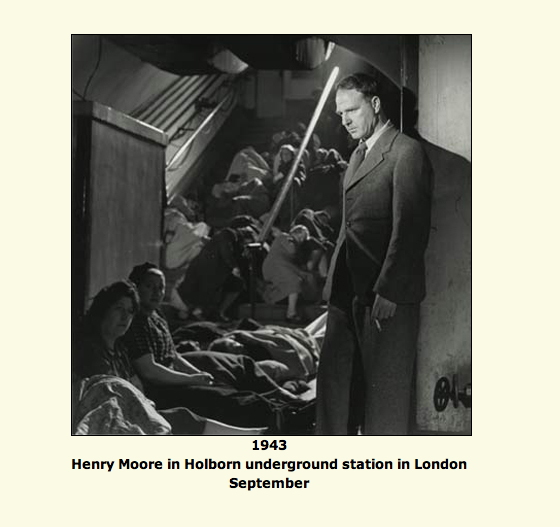
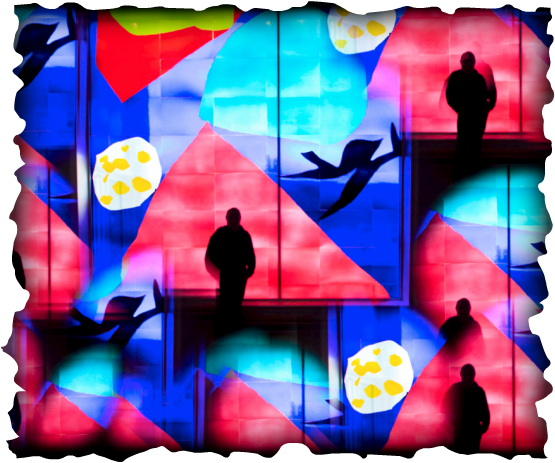
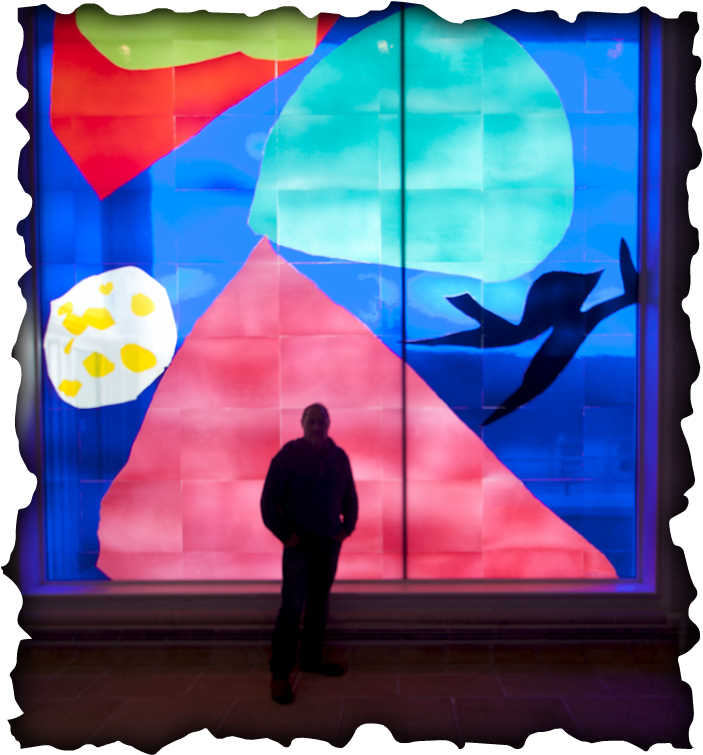
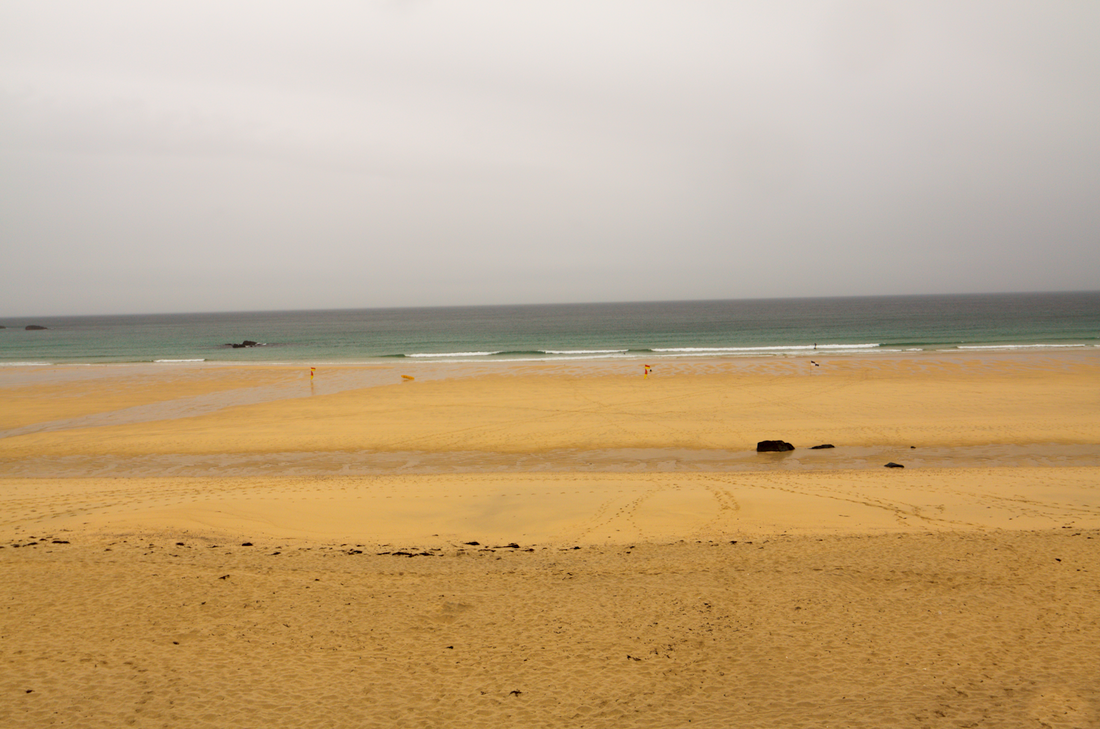
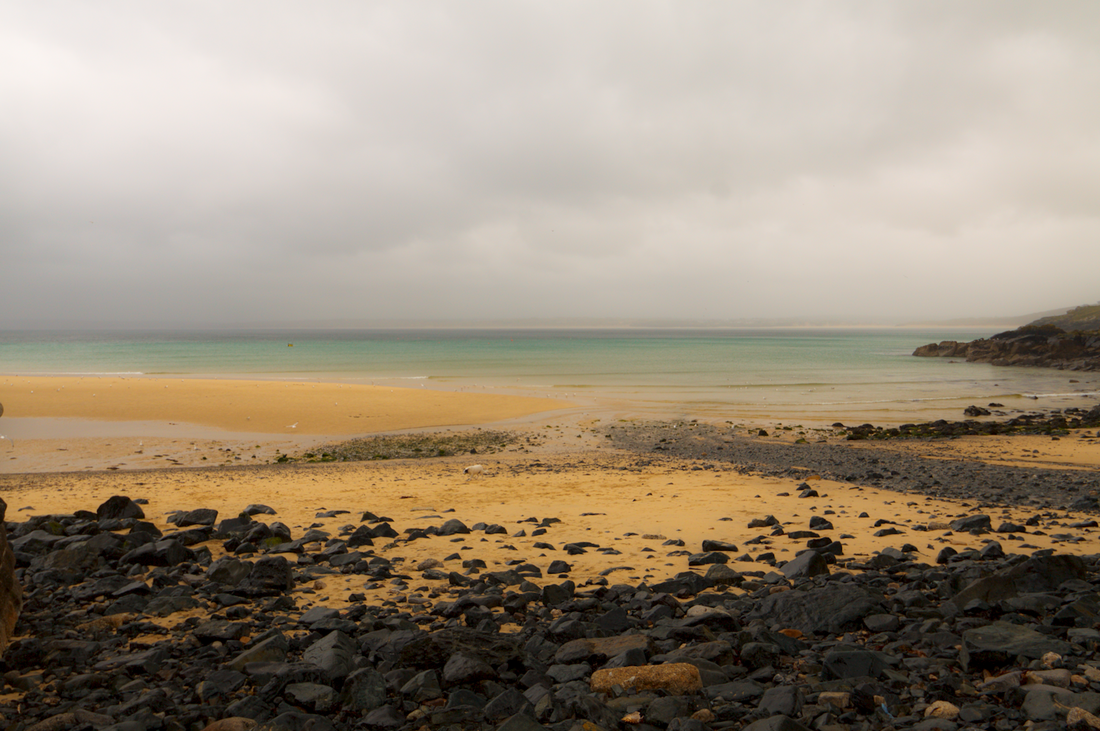
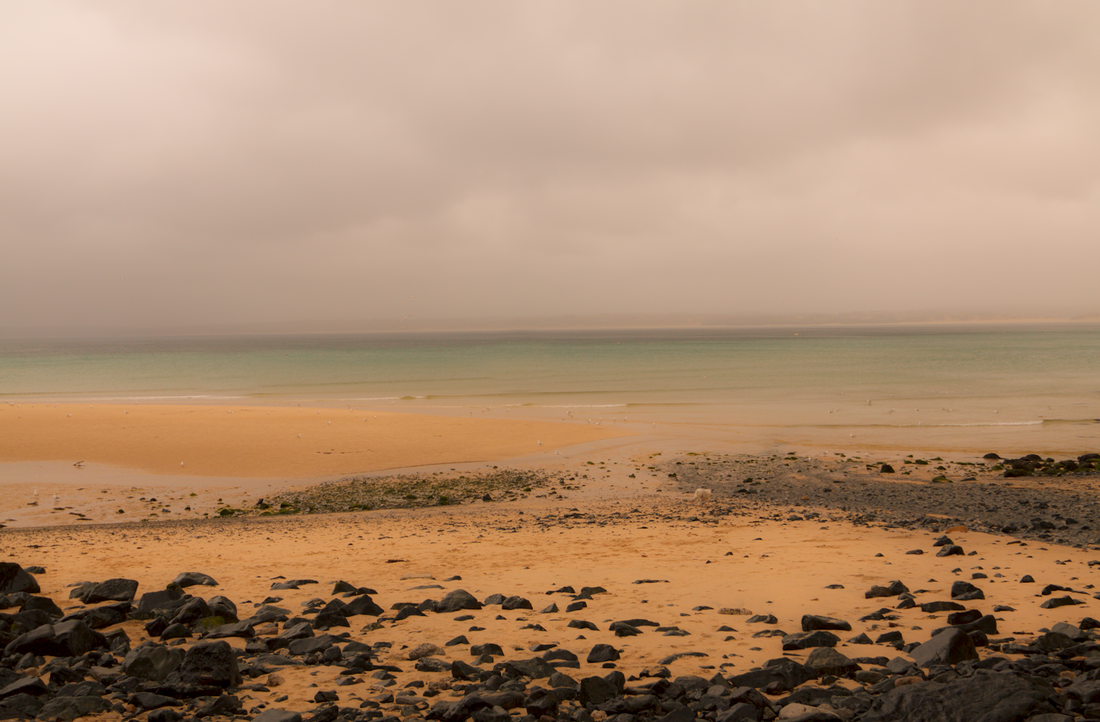
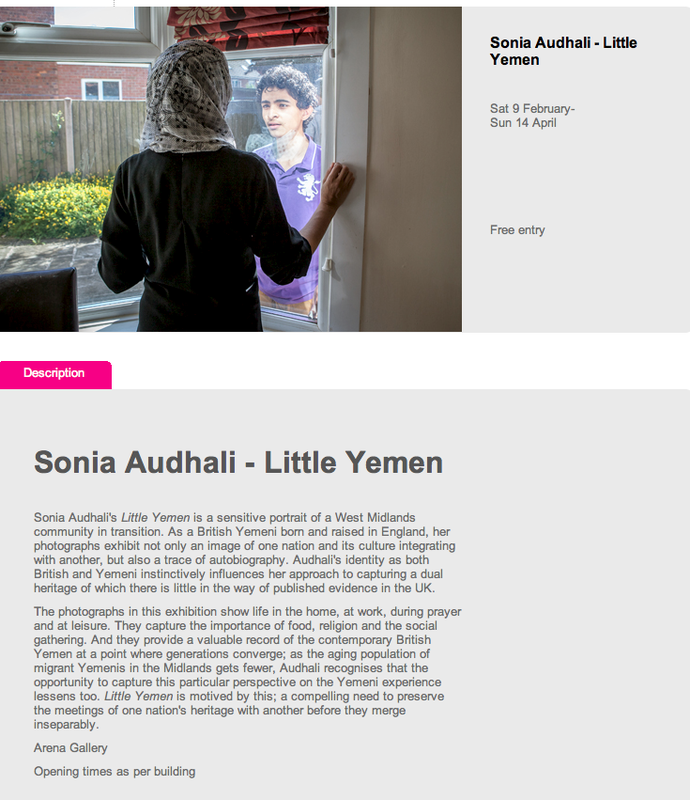
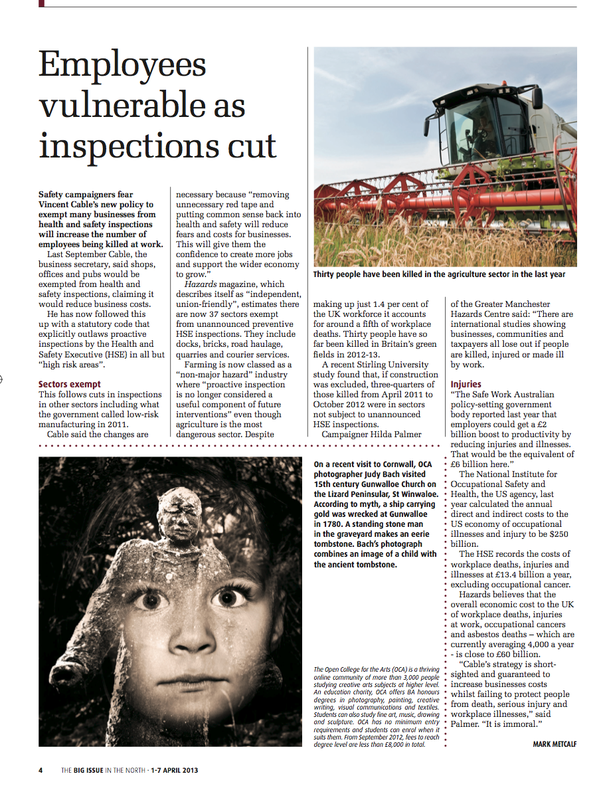
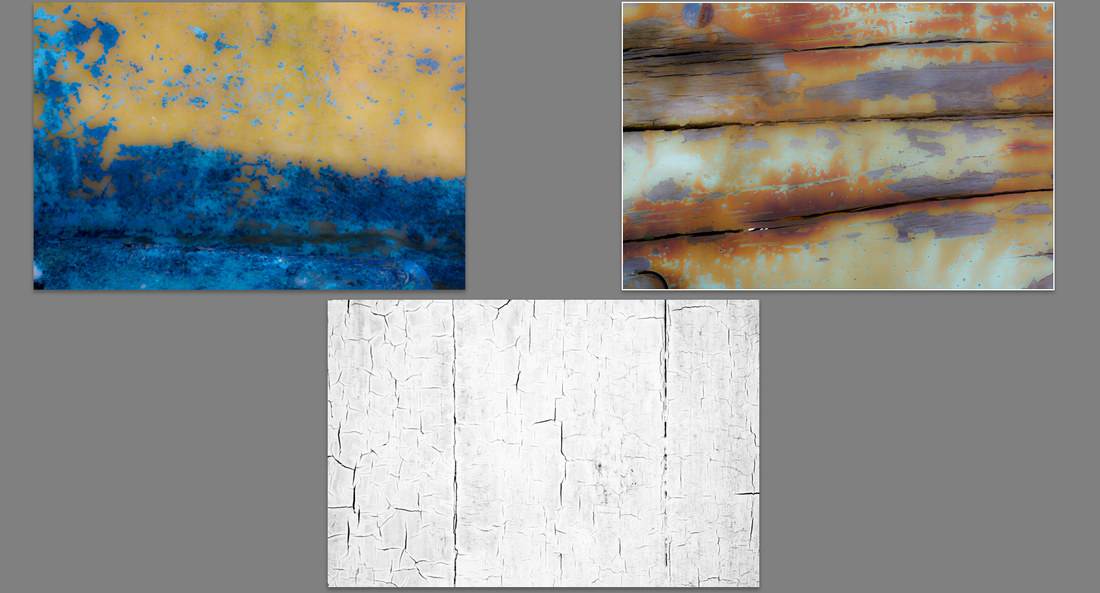
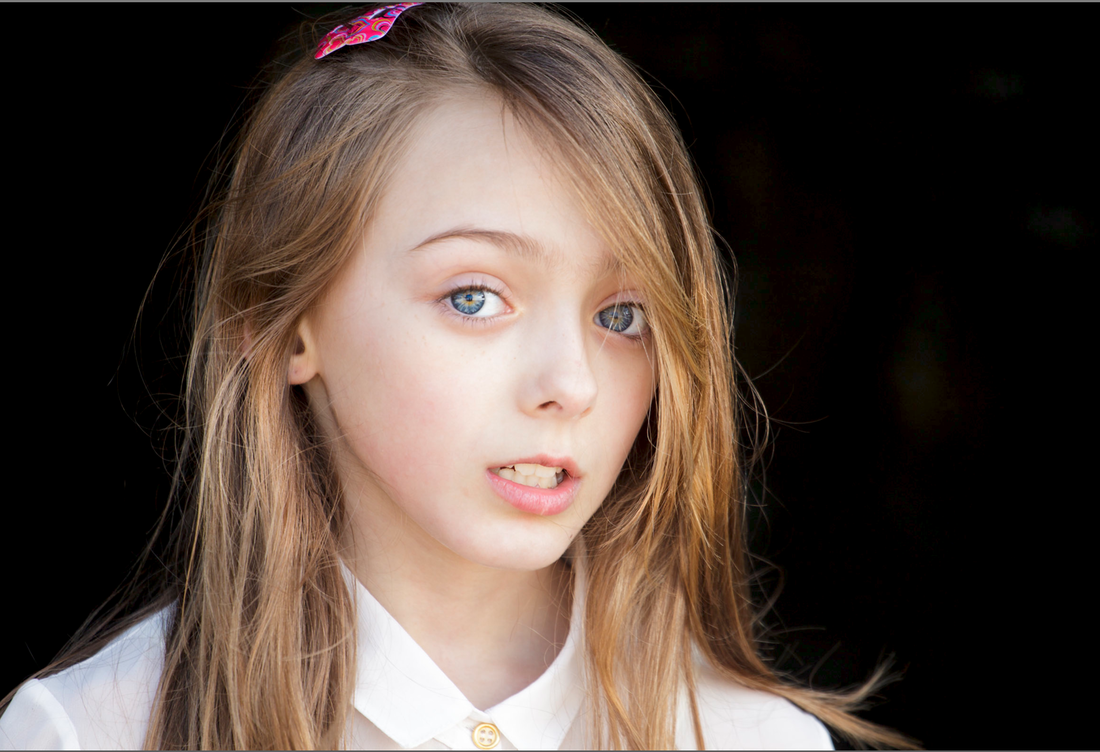

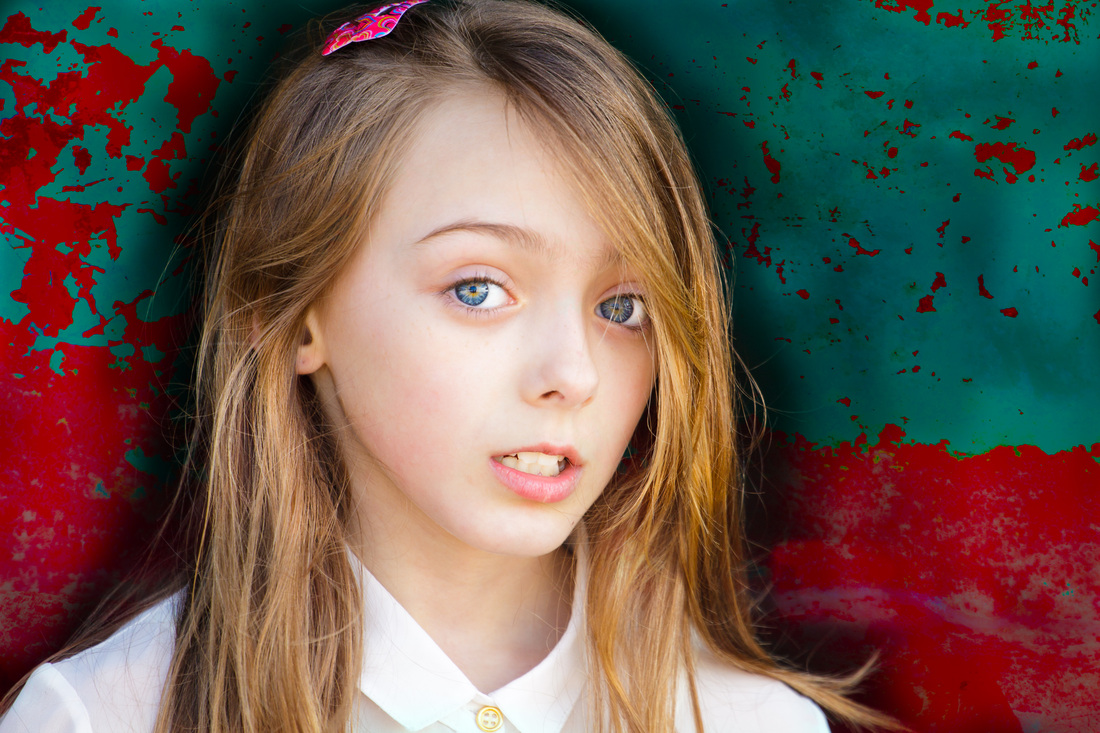
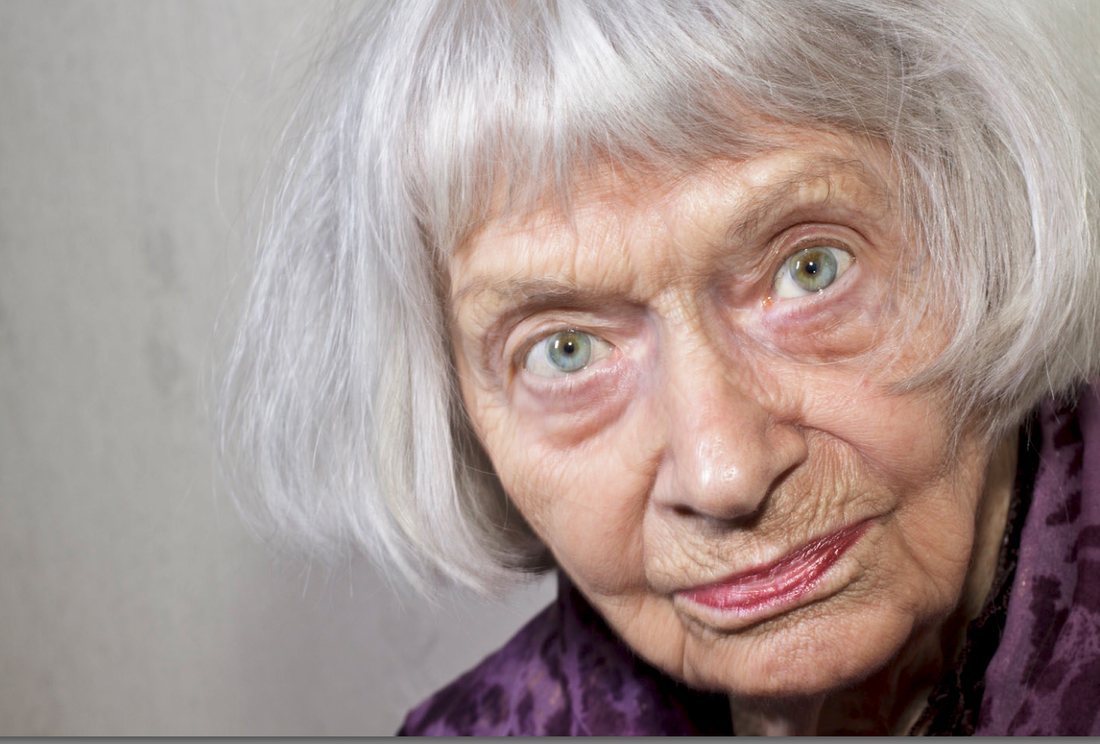
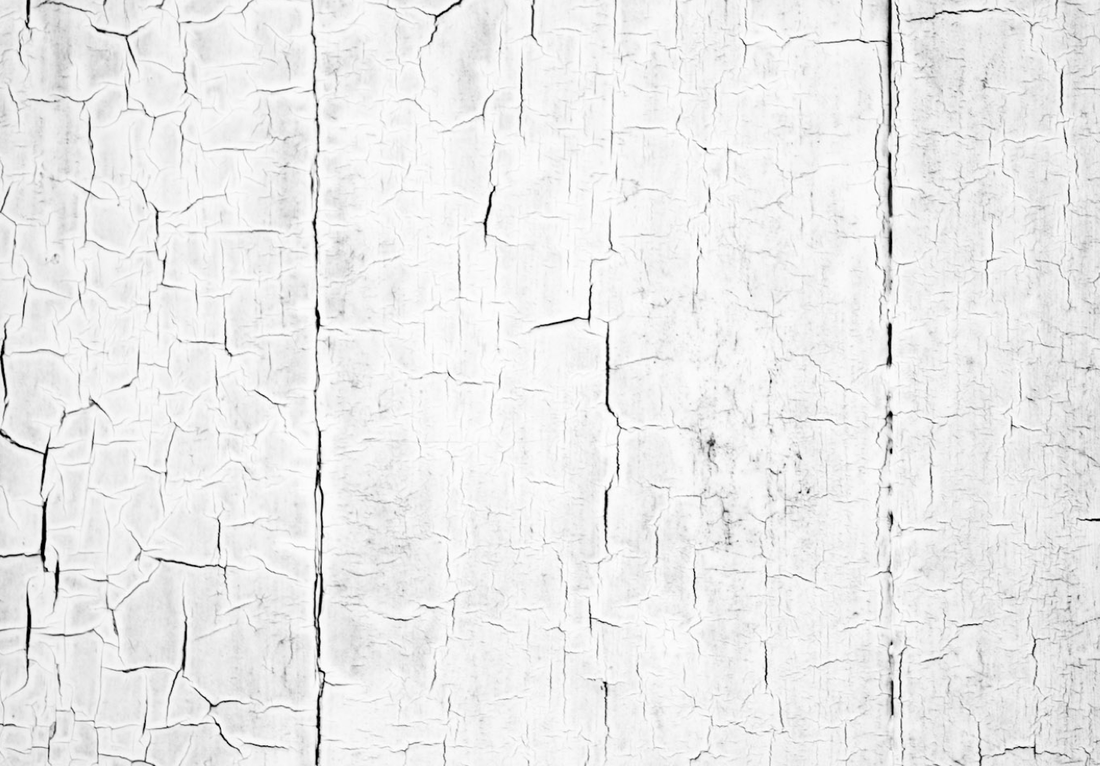

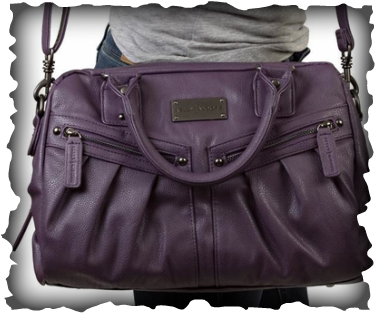
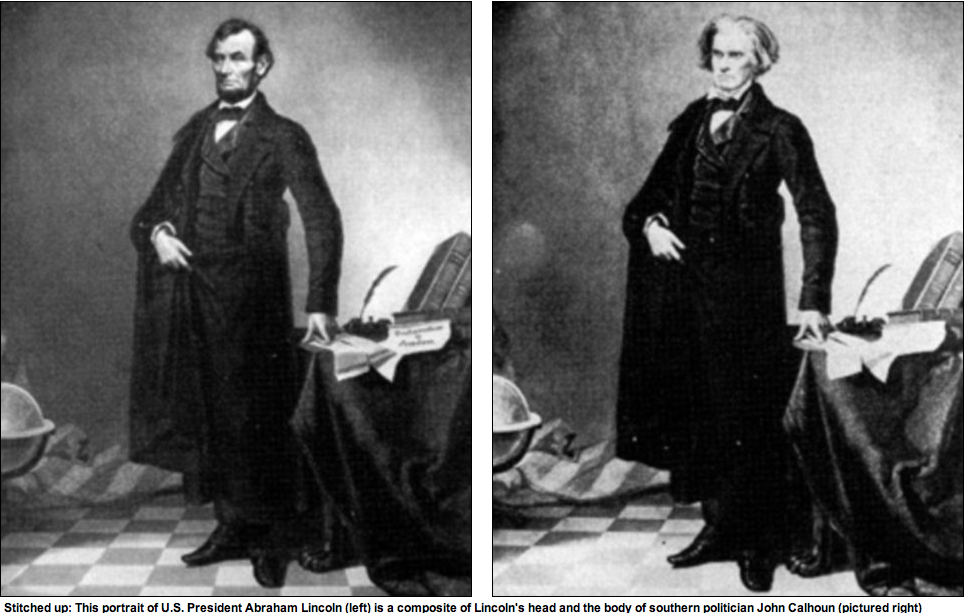
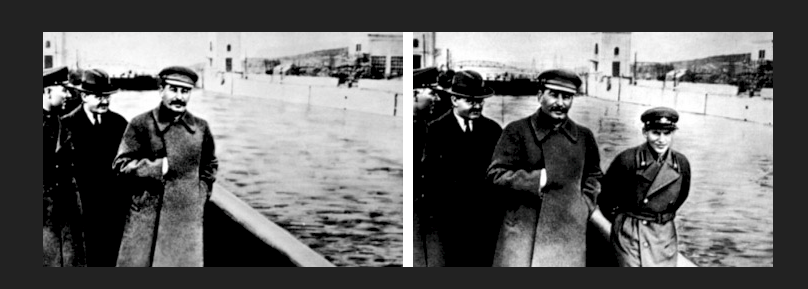
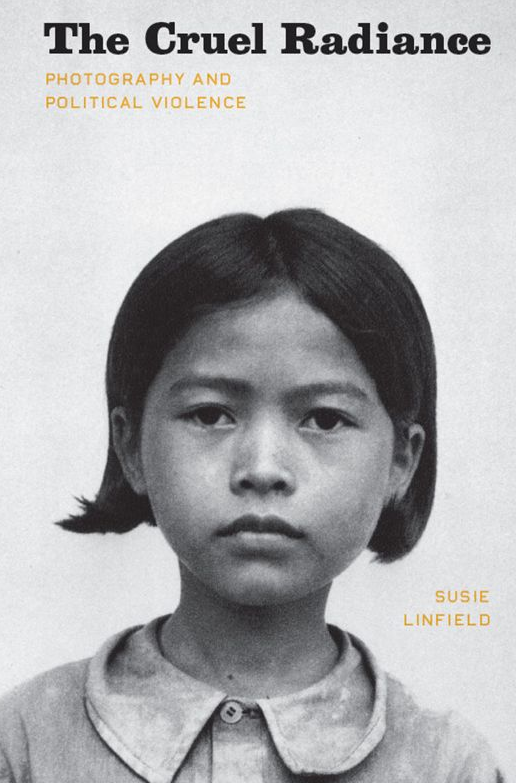

 RSS Feed
RSS Feed